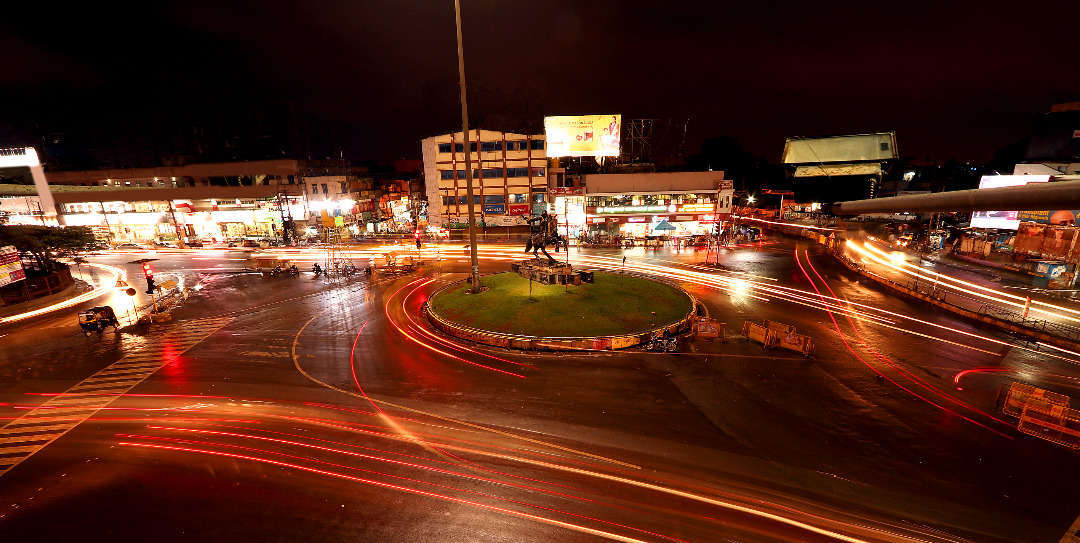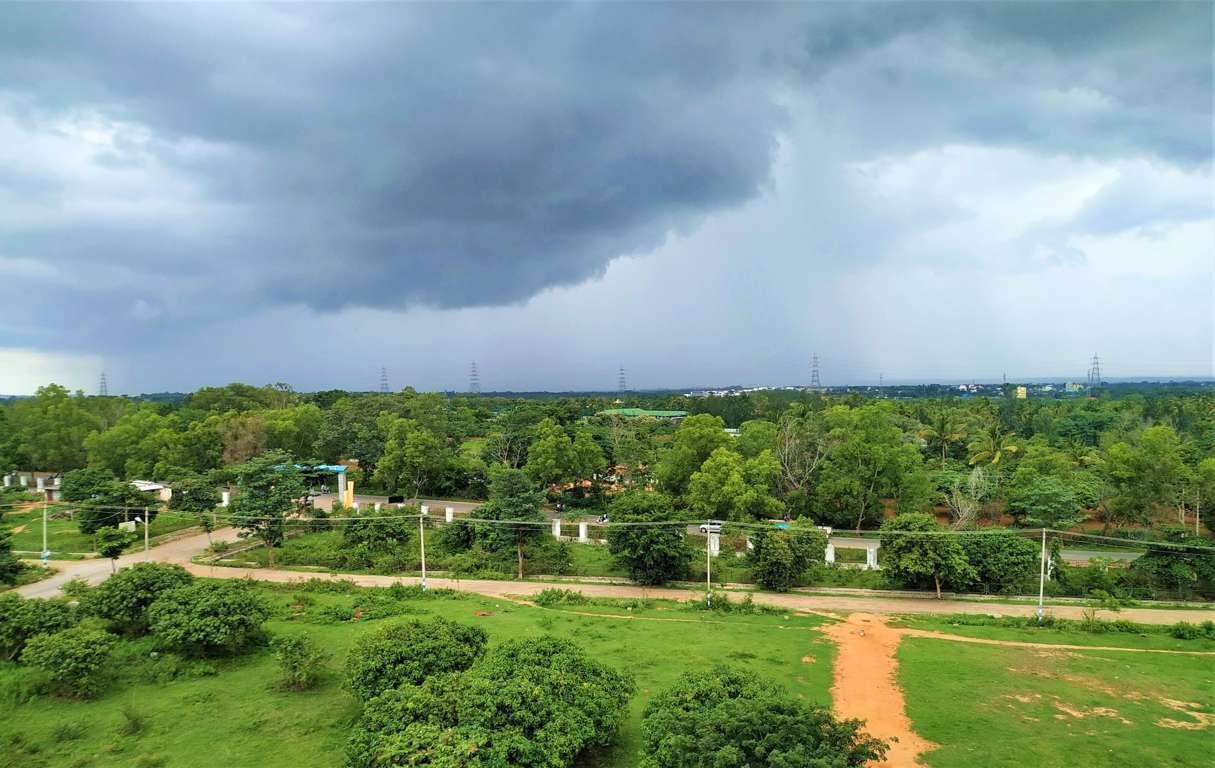City as a Financial Institute
A financial institution is a company that focuses on dealing with financial transactions, such as investments, loans, and deposits
When we talk about financial institutions few things that pop up in our minds are banks, insurance companies, regulatory bodies etc. But going by the definition, any company or government body that has any financial transactions is a financial institution.
The government of any city when observed as an
entire entity on a daily basis undergoes thousands of transactions whether it
be related to services, networks, ongoing projects and many more activities
that occur every day. In fact, when a city is taken as whole, the transactions
are much more than the average Bank or multinational corporation.
Despite of a city technically qualifying as a Large-scale
Financial institution, it is often ignored. A major reason for concern is that
the efforts and processes that are taken into account for mainstream
institutions are ignored for governments. Which generally expose the city to a
huge risk in the form of fraud, ill-advised investments.
Granted that every minute transaction that a city
undergoes on a daily basis can’t be safeguarded. But when talking about major
investments that a city government does in the form of projects such as metro
constructions which involve a lot of private firm participation and
transactions of huge amounts of money should be analysed properly for risk.
In reality, any new project that is undertaken by a
city is an investment made by it in public welfare. And the investors are its
citizens. There currently are processes which analyse the risk involved in such
transactions. However, they are not as comprehensive as those taken by other
institutions of much smaller sizes.
For example, when considering any large-scale
transaction undertaken by a city, let’s assume the construction of a metro
line. The winner of the bid was a Japanese company. The city exposes itself to:
Credit risk, Market risk (volatility of currency), Operational Risk and
Liquidity Risk. In most cases it is not fully safeguarded.
Credit risk is mostly considered for banks and
loans. But it’s also applicable here. When a Bank is considering a loan
application it generally uses a combination of factors to decide on the
specifics. This can easily be transposed for transactions made by the city as
well.
I’ll be considering the Linear Regression model of credit risk calculation. The model is:
Linear
regression Formula
Here, PD is the Probability of Default (non
repayment of loan). X and B are variable factors to be considered like Income,
Age which will be essential for loan repayment capability or in case of the
city, return on investment.
So, if we want to apply this model for a city, in
particular for a transaction such as the construction of a new service. We
would want to start the process of risk elimination right from the beginning.
That is, while selecting the private firm that will undergo each phase of
completion of the construction. Obviously, the city will receive a lot of bids
at each step. To select the best option among those, that is the least risky,
we could run the data through a code similar to one used by banks.
So, I have used R studio, but it can similarly be run through Python. I preloaded the package rms.
Regression
code
So, I have used a pre-existing library ISLR, which
is a book and has a lot of statistical tools. LRM is linear regression model
which is a tool part of the library which will be used.
Default is just a data set containing a number of
user data related to 3 variables: Student status, Account balance And Income. (for
loans)
So, in transposition to a city, it might become
three different variables like: 1. Foreign company (will determine the need for
calculation of market risk. a yes/no question). 2. Annual turnover 3. Bid amount
(Both will account for investment security). This is just an example of how the
process would work.
Running it through the code, we end up selecting
the bid which is least prone to Credit risk (loss in return of investment).
Another issue that this process addresses very
efficiently is the conversion of data to a balanced Data set with defined sub sets
(variables like bid amount)
If the given data is unbalanced, the data provided by the code is not always accurate. So,
Balancing tool
Again, used a pre-existing package, DmwR. Under the package to balance the data set “Default” I’ll be using the SMOTE method. Basically, it will balance the class. As mentioned, “Default” is just an example of a data set its specifics are:
Unbalanced
random Data set.
So, to Balance the Dataset and make it useful to us, I will SMOTE it,
Balanced
Data set
I Defined the new balanced data set as City data. The tool just balanced the data to us. Now we could apply the LRM tool to this data set and we will get accurate results which will be the Firm with the least Credit Risk.
Applying
lrm to City data
Hence, we can make safer decisions using this
process exposing the city to less risk. Other than LRM, there are a lot of
different statistical tools that can be used to the same effect.
Traditionally the above process is used to
safeguard banks and other institutions. But the fact that technically a city
can be considered as a huge financial institution, it should also be applicable
here.
In the end any transaction that a city makes as an
institution is just investment of taxpayer’s money in a service or utility. So,
it’s important that the decisions made are safe and properly analysed.
If you find any errors or have any suggestions
please let me know. Feel free to apply these methods to verify its accuracy
Article by Sreekar Maddala:
Sreekar Maddala is a Third year Student studying
at College of Engineering, Pune. Interested in Financial aspects of City
development and planning.
Related Articles

Transit in Hubballi-Dharwad

Social Aspects of Town Planning in the wake of COVID-19

TACKLING ISSUES OF PERI-URBANISATION: A SMART REGION APPROACH

SOLAR FARMS: A NEED TO SHIFT TOWARDS A RENEWABLE ENERGY




